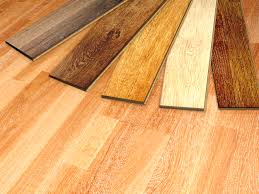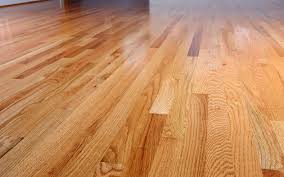 More than 75% of potential home buyers are particular about what they want in a home, according to an annual HomeBuilding dug up by Remodeling Magazine and Money Magazine. Interior room appeals to a more significant number of home buyers than outdoor spaces. It will gain more value by accentuating a room’s exciting designs than merely rearranging a room to create a visual impression whether the first step toward determining which flooring is right for that space is to determine the requirements for that space.
More than 75% of potential home buyers are particular about what they want in a home, according to an annual HomeBuilding dug up by Remodeling Magazine and Money Magazine. Interior room appeals to a more significant number of home buyers than outdoor spaces. It will gain more value by accentuating a room’s exciting designs than merely rearranging a room to create a visual impression whether the first step toward determining which flooring is right for that space is to determine the requirements for that space.
What does the room need to look like? What is it meant to be used for? With this information in hand, you can match up specific styles and types of wooden floor systems to a particular room. For example, the wood floor swivels to the left or right. They automatically add a contemporary and modern look by automatically matching the rest of the room. Other metal finishes and tile colors work well with antique furniture styles, and once you figured out exactly what you were going for, you can begin to look at which wooden floor types would suit that design needs best. The various wood types each have unique characteristics, but they are also available in many different finishes. Focus on the height and color of the wood and observe how the different shades work together. After narrows down your choices, take some time to consider practicality and durability.
Choosing wood flooring for a kitchen or bathroom may require a different set of considerations. For a kitchen, for example, a wood that isn’t “hard-wearing” may match well with fancy cabinetry but may not work well with a busy lifestyle. Also, you can use other options like stainless steel without worrying about keeping them clean or resistant to staining. Wood floor swivels work well in a kitchen; however, keeping dirt off the floor can be challenging. Check Crown moldings. A clean-cut crown molding adds a sharp appearance to any room. You can also expect that it works well in the bathroom to create a contemporary look and removes the ” mountainous” look. Bear in mind that make sure to add 3/4″ to the depth of each existing support to the ceiling. Heavy crown moldings can help conceal the subflooring underneath, creating a smooth transition from the ceiling to the floor’s surface.

Another trick for bathroom remodels to install in bathroom pedestal sinks instead of using a boot. Because of the many hinges and hardware used in the bathroom, the boot can become quite grimy and difficult to clean over time. Floors for Bathrooms With bathrooms, manufacturers emphasize one thing, especially in older homes: a low maintenance floor. Manufactures want homeowners to install a non-slip surface on their floors and find a flooring product that looks good for longer than other flooring types. Manufacturers suggest a durable flooring product, heat and water-resistant and won’t require much maintenance throughout its lifetime. This means a product that won’t wear out too quickly. Carpet is the big favorite for bathrooms and is a popular choice when seeking a lower maintenance floor.
Carpet tile might work as well but make sure your contractor introduces a curtain before installing the flooring. Another excellent floor choice for a bathroom is hardwood. You will need to have a water-resistant substance in place underneath the finished flooring. Because bathrooms are typically smaller spaces than other rooms, they are usually finished a bit tighter, and care needs to be taken to ensure the flooring is not damaged beyond repair. Take time to choose the appropriate hardwood floor types [http://www.kaihardwoodflooring.com/] for your specific needs, and then you will have a floor that will last for years to come.